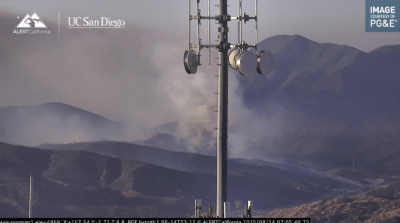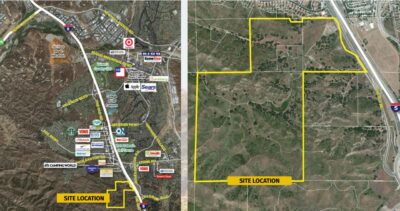California freeways are a world of their own. While you can look up traffic laws and general safety advice on the Department of Motor Vehicles website, nothing prepares you for actually being on the freeway with other traffic. Obviously, driving on a freeway in California isn’t that different from driving in other states, but you’ll want to be aware of issues that could make your drive more unsafe if you aren’t prepared. The state sees tens of thousands of accidents each year. In 2023, there were 6,600 car accidents in just Alameda County. By educating yourself about some of the unique hazards on California highways you may reduce your chances of an accident and arrive at your destination safely.
Seat Belts
Everyone in your car needs to wear their seat belt, even if they’re in the back seat. California law holds the driver responsible if someone else in the vehicle isn’t wearing a seat belt.
Leave Enough Time
In California, the time it takes to get somewhere regardless of distance becomes all the more important. Allowing for enough time helps soothe the urge to rush and drive more aggressively because you think you’ll be late.
View Your Route Online
When you have to go somewhere, check out the route on an online map that shows freeway lanes when you zoom in. “Travel” the route so you know which lane you need to be in before you find yourself trying to merge across three lanes in heavy, high-speed traffic at the last minute.
On-ramp Speed
The on-ramp allows you to get up to near freeway speeds (cautiously) so you don’t block anyone when merging. Don’t stop on the on-ramp unless, obviously, there’s a car stopped in front of you.
The Speed Limit
You don’t want to exceed the speed limit on the freeway, but you also can’t block traffic. That means that, if you’re surrounded by faster traffic, either you need to travel at a speed closer to what the other cars are traveling at, or you need to move to the right. Or both, in some cases.
Lane Splitting
Lane splitting is when a motorcycle rides between cars instead of staying behind one in one lane. It’s legal in California when traffic is slow or stopped as long as the motorcycle isn’t going more than 10 miles faster than everyone else. That means you have to keep your eyes open for motorcycles when you try to switch lanes. Do not block them; let them pass, and then go when you have an opening. You may see people lane-splitting in faster traffic, too. Always be cautious about motorcycles when changing lanes.
Passing on the Right
In California, you should still follow the rule of slower traffic to the right and faster traffic to the left, and you should pass on the left whenever possible. But the California Vehicle Code allows for passing on the right if it is safe to do so while remaining on the freeway itself (no passing on the shoulder or median).
Aggressive Driving and Staying Calm
You will encounter aggressive drivers who pull stupid moves. Stay calm, and don’t use the freeway as a place to one-up these drivers. Someone cuts you off? Back off. Tell yourself the driver is dealing with an emergency or something like that. If you engage and act aggressively toward them, that could escalate your drive into one that ends in an accident or violence.
Traffic Breaks
If you see a California Highway Patrol car zig-zagging across lanes in front of you with its lights on, stop your car. This is called a traffic break, and it allows the CHP to stop traffic so officers can do things like remove debris from the road or move cars from an accident over to the shoulder.






